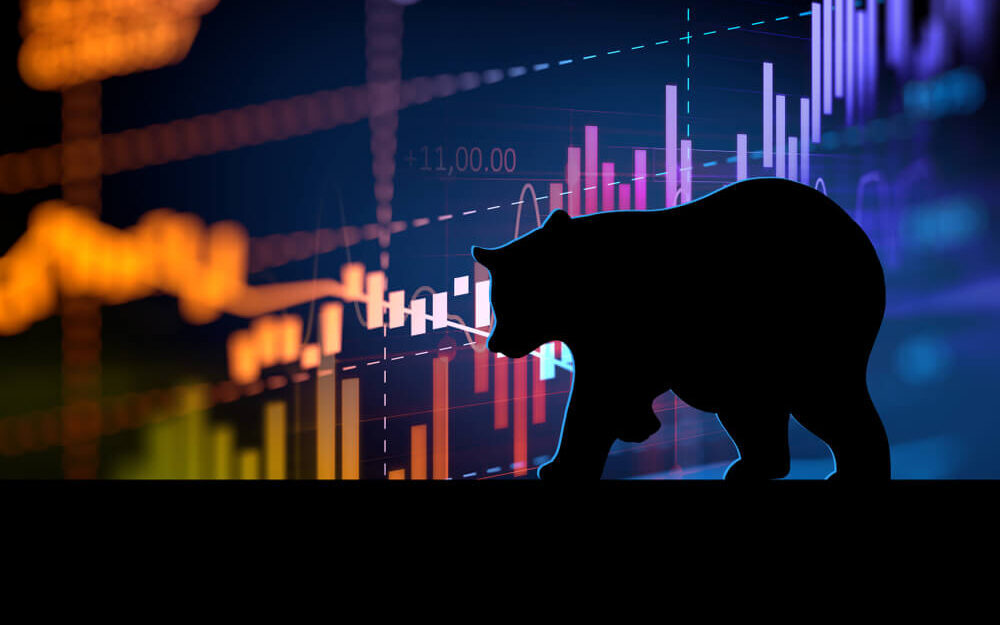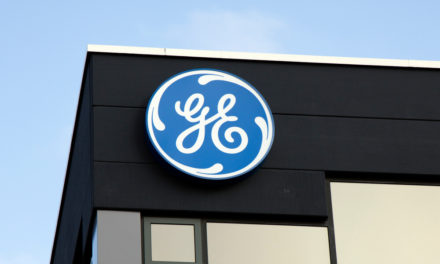Forget 2020, according to a note to clients from Morgan Stanley, we’re already in a bear market.
“While 2018 is clearly not a year of recession, the market is speaking loudly that bad news is coming.”
This may come as a shock to many of you. After all, the American economy remains quite strong. However, stock markets are forward looking, and the recent surge in market volatility tells us that Wall Street is seeing signs it really doesn’t like.
“While 2018 is clearly not a year of recession, the market is speaking loudly that bad news is coming,” Morgan Stanley equity strategist Michael Wilson said in a note to clients on Monday.
Wilson’s timing couldn’t have been any better. The call came as the Dow Jones Industrial Average plummeted 400 points and market leaders Apple, Amazon and Facebook all took a nosedive.
Officially, for the market to be considered in bear market territory, the S&P 500 Index needs to have fallen 20 percent from it’s annual high. Right now, the S&P is only about halfway there, sitting at a roughly 9 percent decline from that high. But analysts like Wilson believe this is just semantics at this point.
For instance, the market-leading “FAANG” stocks — Facebook, Apple, Amazon, Netflix, Alphabet (Google) — are all now in bear market territory, trading more than 20 percent below their one-year highs. If the market leaders have fallen, the rest of the market can’t be that far behind.
Market bulls will argue that even despite two 10 percent corrections for the S&P 500, the index remains in positive territory for the year. But those two corrections and the lack of any real headway outside of them is wearing heavily on investor sentiment.
In fact, more than 40 percent of the S&P 500 is already trading in bear market territory. What’s more, the buy-the-dip trade is dead. No longer can investors safely step in and buy market lows and expect a healthy return. The S&P 500 is no longer rebounding consistently from declines.
As Morgan Stanley pointed out on Monday, the S&P 500 has averaged a decline on the day following a negative weekly return — something that hasn’t happened since 2002. Furthermore, the absence of the buy-the-dip trade was markedly notable in all bear markets since 1980.
As a result, profit taking is now the norm on Wall Street. Specifically, selling pressure has taken over for stocks even following better-than-expected quarterly earnings results. It’s a telling sign that investors are fearful, choosing to take profits off the table instead of letting them ride for additional gains.
So where does Wilson see the S&P 500 by year’s end? 2,750, among the most bearish analysts on Wall Street. But Wilson says the decline will be much subtler than the official bear markets of the past.
The real risk, he says, “is much more at the stock level and will likely be concentrated in the higher multiple stocks that do not deserve a valuation premium but have simply benefited from a crowding effect.” Case in point, market leading FAANG stocks have already hit this mark.
The takeaway here is that if you aren’t already preparing for the bear market by shifting away from growth stocks and into dividends, health care and utilities … you need to start now.
Keep scrolling down to read more investment tips from Thomas Lancaster on Money & Markets.




